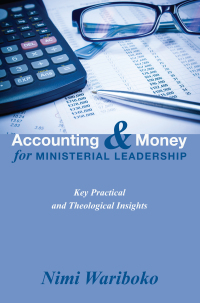Question
Topic 3-2 Accounts Receivable Problem: Receivables Forever Corp. started business on January 1, 20x3. The following information is provided about its sales during its first
Topic 3-2 Accounts Receivable Problem:
Receivables Forever Corp. started business on January 1, 20x3. The following information is provided about its sales during its first two years of operations.
[Hint: Companies can also use % of sales method to estimate bad-debt expense provision directly, instead of using aging schedule which estimate the ending allowance balance to back out bad-debt expense provision. For example, suppose the company estimate that 1% of the reported sales as bad-debt expense provision, then the ending balance would follow as beginning balance + bad-debt expense provision - write-offs.]
Year 20x3
During its first year of operations, 20x3, it had sales of $100,000. All sales were on credit. At the time that the sales were made, it was expected that 5% of the sales would be uncollectible. It collected $75,000 of the 20x3 sales during 20x3 and another $18,000 of the 20x3 sales during 20x4. It wrote off $3,000 of the 20x3 sales during 20x3 and $1,000 of the 20x3 sales during 20x4.
Year 20x4
During its second year of operations, 20x4, it had sales of $200,000. All sales were on credit. At the time that the sales were made, it was expected that 5% of the sales would be uncollectible. It collected $168,000 of the 20x4 sales during 20x4 and another $20,000 of the 20x4 sales during 20x5. It wrote off $8,000 of the 20x4 sales during 20x4.
20x4 year-end aging analysis
At year-end at 20x4, the company performed an aging analysis of existing accounts receivable calculation and found that the Allowance for Uncollectible Accounts account should have an ending balance of $6,000. It proceeded to make with the appropriate adjustment to Allowance and bad-debt expense accounts at the end of 20x4.
Questions:
- Fill in the following account details for the Allowance for Uncollectible Accounts
| FY 2003 | FY 2004 | ||
| Before aging analysis | After aging analysis | ||
| Opening Balance | $0 | (Same as FY 2003 ending) | (Same as FY 2003 ending) |
| Add: Bad-debt expense provision for the year | |||
| Minus: Total write-off during the year | (Same as the cell to the left) | ||
| Ending balance | |||
- Fill in following balance sheet and income statement presentation for respective year
| Balance Sheet | 20x3 Year END | 20x4 Year END | |
| Before aging analysis | After aging analysis | ||
| Accounts Receivable |
|
|
|
| Minus: Allowance for Uncollectible Accounts |
|
|
|
| Net Accounts Receivable |
|
|
|
|
| |||
| Income Statements | FY 2003 | FY 2004 before aging analysis | FY 2004 |
| Bad Debt Expense |
|
|
|
|
| |||
| Other data | FY 2003 | FY 2004 |
|
| Total Cash collected from customers during the year |
|
|
|
Step by Step Solution
There are 3 Steps involved in it
Step: 1

Get Instant Access to Expert-Tailored Solutions
See step-by-step solutions with expert insights and AI powered tools for academic success
Step: 2

Step: 3

Ace Your Homework with AI
Get the answers you need in no time with our AI-driven, step-by-step assistance
Get Started


